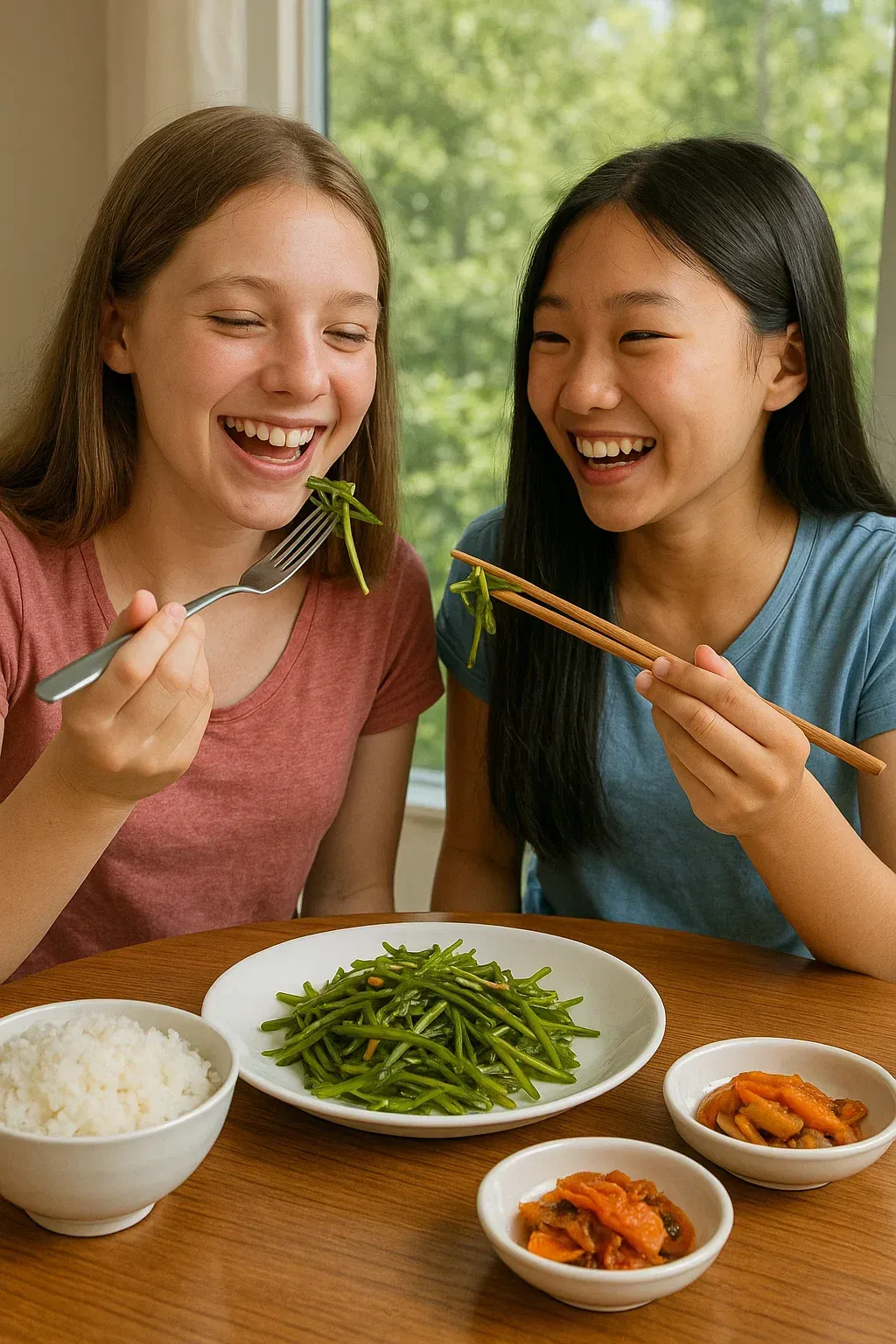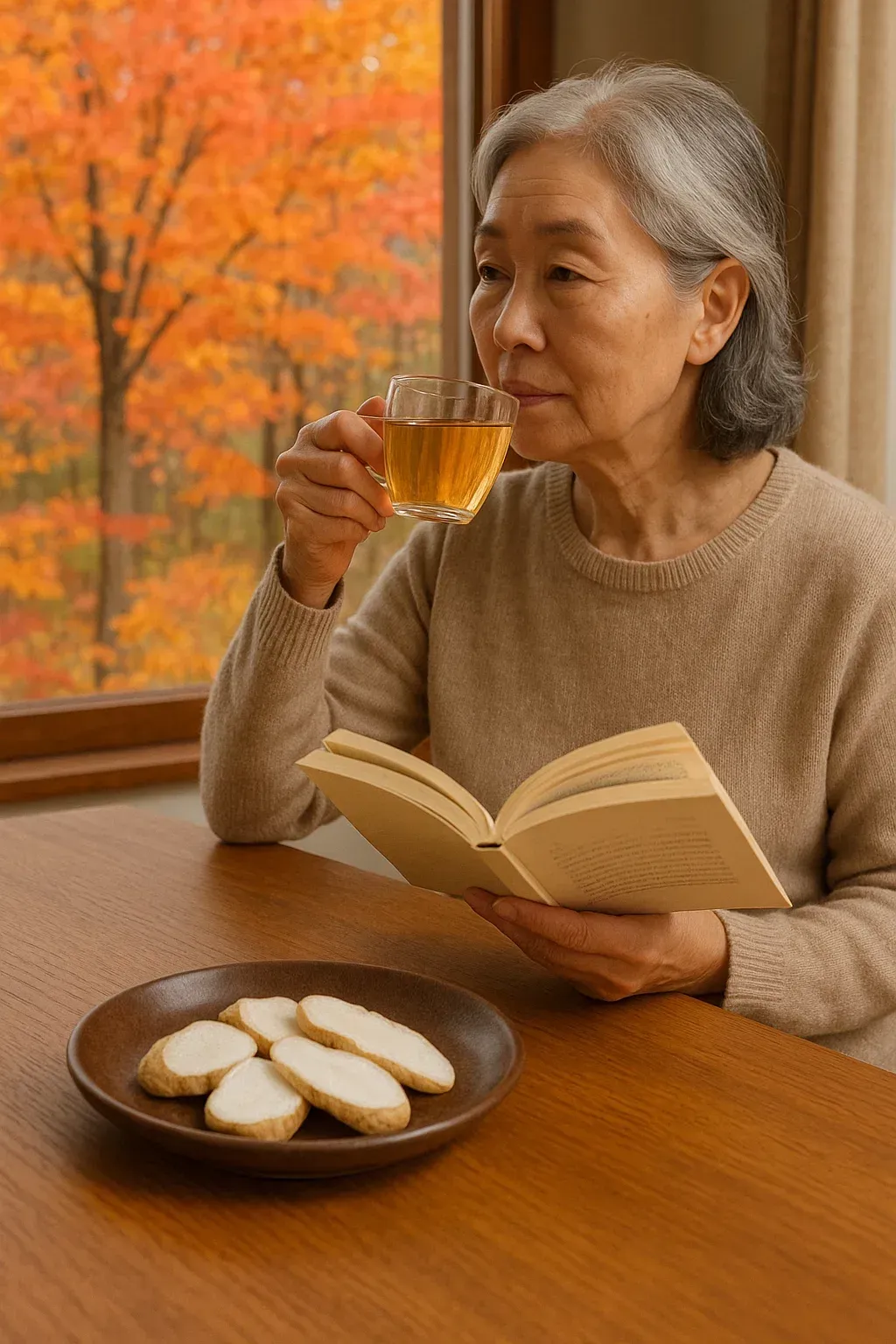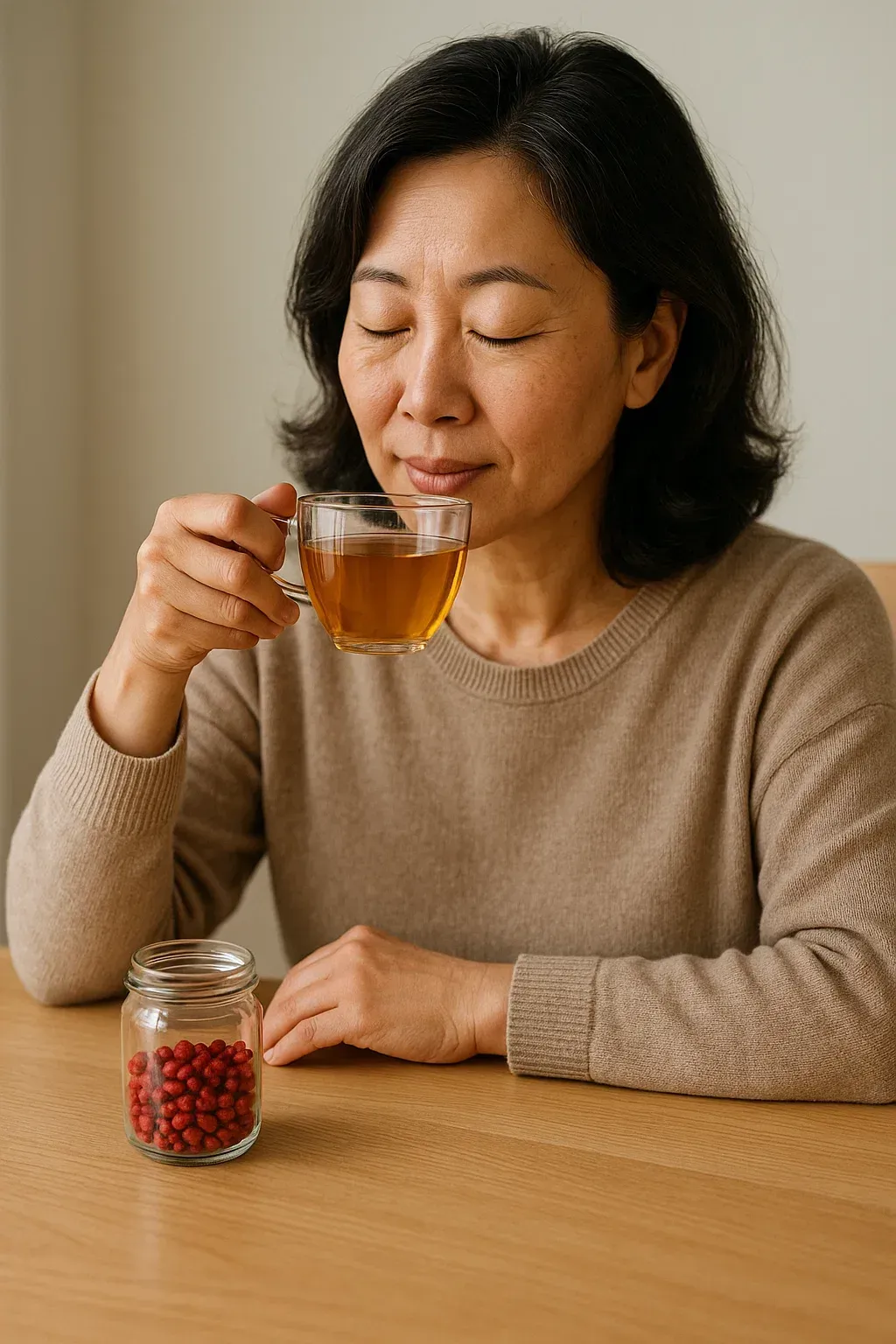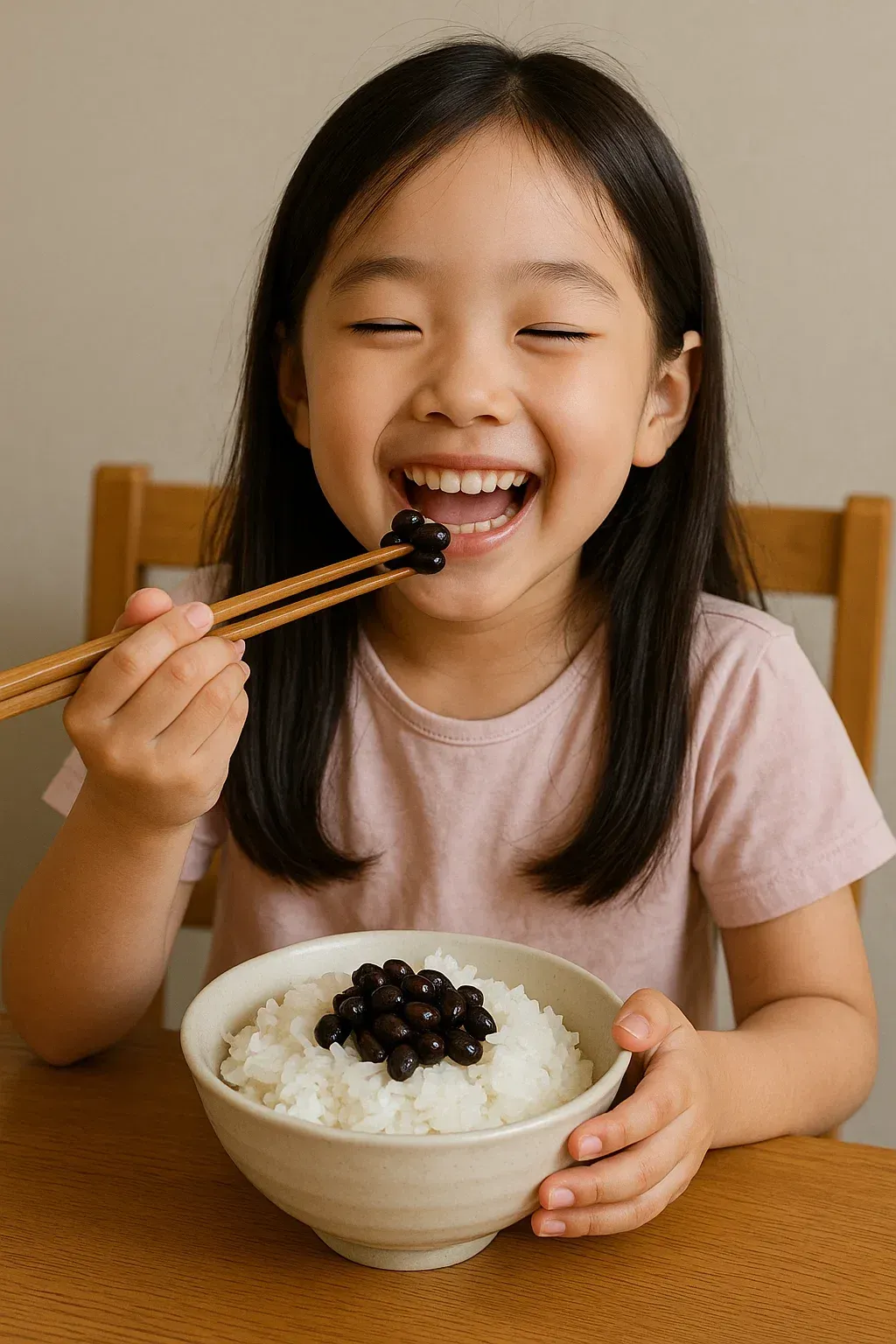The Ruby Bean of Detox: A Wellness Coach's Guide to Adzuki Bean (팥)
Often overlooked in the West, the small, vibrant Adzuki Bean, known in Traditional Chinese Medicine (TCM) as Chi Xiao Dou (赤小豆), is a revered medicinal food. It is not just a source of protein and fiber; it is a powerful therapeutic tool for managing fluid balance, detoxification, and internal dampness. As a wellness coach, I emphasize the role of diet in systemic health, and Chi Xiao Dou is a superb, gentle ally for anyone struggling with bloat, swelling, or sluggish digestion.
Clearing the Channels: The Diuretic Power of Chi Xiao Dou
In TCM, Chi Xiao Dou is classified as sweet and neutral, primarily targeting the Heart and Small Intestine meridians. Its signature traditional function is to drain Dampness and clear Heat (particularly "Damp-Heat"). This makes it the premier food-herb for supporting the body's natural mechanisms for eliminating excess fluid and toxins.
Scientifically, Adzuki beans are nutritional powerhouses, packed with fiber, high-quality plant protein, and essential minerals like potassium, magnesium, and zinc. The high potassium content is crucial to its diuretic effect, as potassium helps balance sodium levels and regulate fluid retention. The reddish-brown color also indicates the presence of potent anthocyanin antioxidants.
The Science-Backed Benefits of Adzuki Bean
Modern research confirms the traditional uses of Chi Xiao Dou, particularly in promoting metabolic and systemic balance:
- Natural Diuretic and Edema Relief: This is the Adzuki bean's most celebrated function. By effectively draining Dampness (TCM’s term for heavy, sluggish fluid retention), Chi Xiao Dou helps reduce swelling, bloating, and edema, particularly in the lower limbs. Its high potassium-to-sodium ratio facilitates healthy fluid excretion, making it an excellent natural remedy for managing water retention.
- Supporting Kidney Function and Detoxification: By gently promoting urination, Chi Xiao Dou supports the Kidney’s role in fluid metabolism and helps the body efficiently flush out metabolic waste and toxins. This systemic cleansing contributes to clearer skin, reduced fatigue, and overall lighter feeling.
- Stabilizing Blood Sugar: The combination of high fiber and protein makes Chi Xiao Dou a powerful food for stabilizing blood glucose levels. The fiber slows down the absorption of sugars, preventing sharp spikes and crashes, which is beneficial for sustained energy and metabolic health.
- Cardiovascular Protection: The anthocyanins and fiber contribute significantly to cardiovascular well-being. These antioxidants protect blood vessels from oxidative damage, while the soluble fiber helps lower unhealthy cholesterol levels, supporting a healthy heart and circulation.
Incorporating Chi Xiao Dou into Your Diet
Chi Xiao Dou is a versatile and delicious way to integrate powerful detoxifying action into your routine:
- Adzuki Water/Tea: A traditional and highly effective way to use it is by boiling the beans in water, drinking the resulting liquid (which concentrates the diuretic effect), and then consuming the cooked beans.
- Sweet Dishes: It is commonly used in Asian desserts (like patbingsu or anko paste) due to its naturally sweet, nutty flavor. However, for maximum therapeutic benefit, consuming it with less added sugar is ideal.
- Savory Dishes: Substitute Adzuki beans for other beans in soups, stews, or savory salads to gain their unique draining benefits.
Important Cautions: While highly beneficial, Adzuki beans should be consumed in moderation, especially by individuals who are severely weak or have chronic dry conditions, as excessive fluid drainage can sometimes be depleting. Always cook the beans thoroughly to ensure proper digestion.
Adzuki Bean is a testament to the power of simple, traditional foods as potent medicine. By harnessing the cleansing energy of Chi Xiao Dou, you are actively clearing the way for greater energy, lightness, and internal balance.
- Dr. Chungmoo "John" Huh, L.Ac, Dipl. OM -





From Forest Floor to Functional Food: A Holistic Guide to Bracken Fern (고사리) in Traditional Medicine






